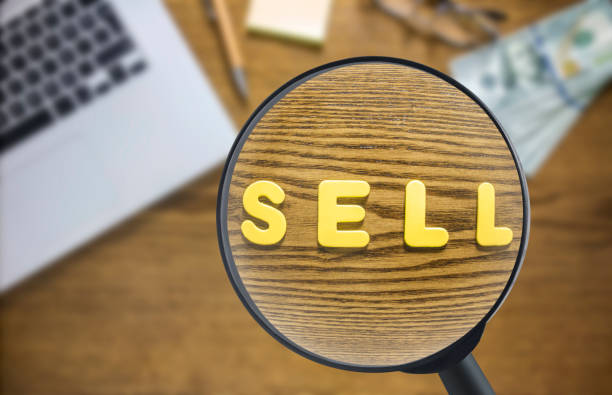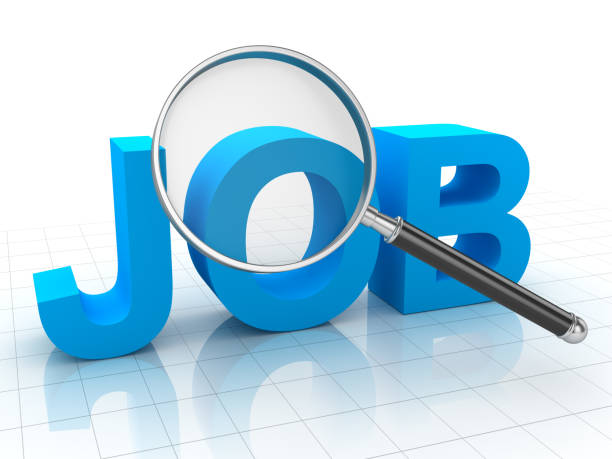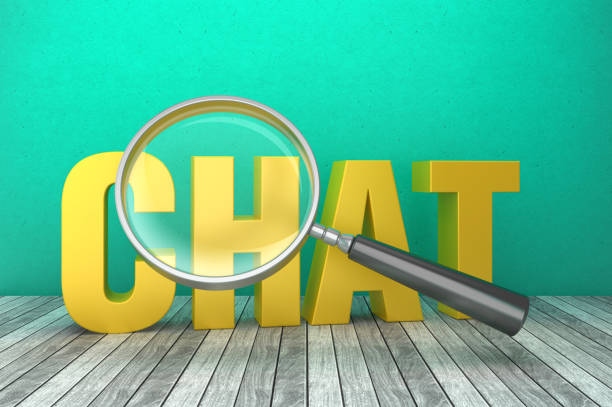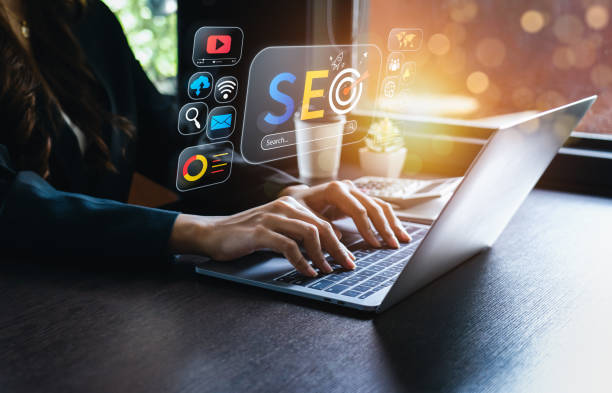What is Internal SEO and Why Does it Matter?
Internal SEO (On-Page SEO) refers to a set of actions taken to optimize website pages to improve the site’s ranking in search engine results.
These actions include optimizing content, title tags, meta descriptions, URL structure, images, and other elements on the page.
The importance of Internal SEO lies in helping search engines better understand the content of the page and display it to users looking for relevant information.
By optimizing Internal SEO, you can increase your website’s organic traffic and attract your target audience.
In other words, Internal SEO is an important principle in Search Engine Optimization (SEO) strategy that helps improve the ranking and visibility of the website in search results.
For example, the proper use of keywords related to the page topic can have a significant impact on attracting organic traffic.
If you want to be seen in the competitive online world, Internal SEO is a necessity.
Tired of your company’s website not getting the visibility it deserves and losing potential customers? Solve this problem forever with professional and effective website design by Rasaweb!
✅ Increase brand credibility and build customer trust
✅ Attract targeted sales leads
⚡ Contact us now for a free consultation!
Keyword Research – The Foundation of Internal SEO
Keyword research is a fundamental step in any Internal SEO strategy.
The purpose of this research is to identify the words and phrases that your target audience uses to search for information related to your business.
There are several tools for this, including Google Keyword Planner, Ahrefs, and SEMrush.
Using these tools, you can find search volume, competition, and related keywords.
Categorize keywords based on relevance, search volume, and competition.
Main keywords should be most relevant to the page topic and have a suitable search volume.
Secondary keywords can be longer tail keywords or phrases that are directly related to the main topic.
Finally, use the selected keywords naturally in the content, title tags, meta descriptions, and other page elements.
Overdoing it with keywords (Keyword Stuffing) can damage the site’s ranking.
Click here to preview your posts with PRO themes ››
Optimizing Page Title (Title Tag) and Meta Description
The page title (Title Tag) and meta description are two important elements in Internal SEO that are displayed in search results.
The page title should be attractive, relevant, and include the main keyword.
The length of the page title should not exceed 60 characters to be fully displayed in search results.
The meta description should be a summary of the page content and encourage the user to click.
The length of the meta description should not exceed 160 characters.
An example of an optimized title tag could be “Buy the Best Laptop – Complete Guide and Prices | Online Store”.
Also, an example of an optimized meta description could be “Looking to buy a laptop? On this page, we provide a comprehensive guide to choosing and buying the best laptop with price and technical specifications reviews.”
Using these tags and descriptions helps users to easily find the result they are looking for on the search page.
| Element | Importance | Recommendations |
|---|---|---|
| Page Title (Title Tag) | High | Attractive, relevant, includes main keyword, maximum 60 characters |
| Meta Description | High | Summary of content, persuasive, maximum 160 characters |
Optimizing Page Content – High-Quality and Engaging Content
Page content is the most important factor in Internal SEO.
High-quality, unique, and engaging content not only keeps users on the site but also helps search engines better understand the page topic.
Try to create content that answers the questions and needs of your target audience.
Update your content regularly to keep it fresh and relevant.
Use keywords naturally in the content, but avoid overdoing it.
Make sure your content is readable and understandable.
Use headings and subheadings to organize content and use short paragraphs and simple sentences.
Visual content such as images and videos can increase the appeal of the content.
When adding visual elements, use the alt tag to describe the images so that search engines can understand the images.
In this way, content marketing with an SEO approach can help improve your website ranking.
Remember, the ultimate goal is to provide valuable and useful content to the audience.
Do visitors to your online store leave before buying? Don’t worry anymore! With Rasaweb’s professional online store website design services, solve the problem of not converting visitors into customers forever!
✅ Significant increase in conversion rate and sales
✅ Unparalleled and attractive user experience
⚡ Contact us now for a free consultation!
Optimizing URL Structure – SEO-Friendly Addresses
The URL structure plays an important role in Internal SEO.
SEO-friendly URLs should be short, descriptive, and include the main keyword.
Avoid using uppercase letters, spaces, and special characters in your URL.
Use hyphens (-) instead of spaces.
Long and complex URLs are confusing for search engines and users.
For example, a good URL could be: `www.example.com/blog/seo-internal`.
This URL is short, descriptive, and includes the main keyword.
An inappropriate URL could be: `www.example.com/blog/article123?category=5&id=abc`.
This URL is long, complex, and incomprehensible.
Optimizing the URL structure is a simple but important step in Internal SEO that can help improve site ranking.
Optimizing Images – ALT Tag and File Size
Images play an important role in the appeal and understanding of page content.
Optimizing images for Internal SEO includes two main parts: ALT tag and file size.
The ALT tag is text that is added to the image and helps search engines understand the content of the image.
The ALT tag should be descriptive, relevant, and include the main keyword.
The file size of the images should be optimized to increase the page loading speed.
High-volume images can reduce the page loading speed and affect the user experience.
Use image compression tools to reduce file size without reducing quality.
The appropriate format for web images is PNG and JPEG.
Images with proper ALT tags help optimize image SEO and increase site visits.
Internal Linking – Creating a Logical Structure Between Pages
Internal linking refers to creating links between different pages of your website.
This helps search engines better understand the site structure and identify more important pages.
Also, internal linking helps users to easily navigate the site and find the information they need.
Internal links should be relevant and natural.
Use descriptive and relevant anchor text (the text that is linked to the link).
For example, if you are writing an article about Internal SEO, you can link to other articles about external linking or technical SEO.
Internal linking is an important strategy in Internal SEO that can help improve site ranking.
Internal links allow users to easily navigate from one page to another on your website.
Here is a table to help create an internal link strategy:
| Goal | Description |
|---|---|
| Improve User Experience | Create an easy structure to navigate the site. |
| Improve Site Ranking | Help search engines understand the site structure. |
| Increase Traffic | Direct users to more important pages. |
Optimizing Page Loading Speed – Better User Experience
Page loading speed is one of the important factors in Internal SEO and user experience.
Pages with high loading speeds not only keep users satisfied but also signal to search engines that your site is valuable to users.
To improve page loading speed, you can use the following methods: optimizing images, enabling Gzip compression, using CDN (Content Delivery Network), reducing the size of HTML, CSS, and JavaScript files, and using Caching.
There are several tools to measure page loading speed, including Google PageSpeed Insights and GTmetrix.
Using these tools, you can identify the weaknesses of your site and fix them.
Internal SEO increases site traffic by optimizing the user experience.
Tired of your online store website not being able to generate as much revenue as its potential? Rasaweb, a specialist in professional online store website design, solves this problem forever!
✅ Increase sales rate and revenue
✅ High loading speed and unparalleled user experience
⚡ Get a free online store website design consultation
Site Responsiveness (Mobile-Friendly)
Given the increasing use of mobile phones, site responsiveness (Mobile-Friendly) is a necessity in Internal SEO.
A responsive site is a site that automatically adapts to the screen size of different devices (mobile phone, tablet, laptop).
Google prioritizes responsive sites and displays them in higher rankings.
To ensure your site is responsive, you can use Google’s Mobile-Friendly Test tool.
This tool shows you how your site is displayed on mobile devices and what problems it has.
Optimizing the site for mobile devices not only helps improve site ranking but also improves the user experience.
Internal SEO increases site visits by focusing on the needs of mobile users.
Schema Markup – Better Understanding of Content by Search Engines
Schema Markup is a code that is added to website pages to help search engines better understand the content of the page.
This code provides structured information about the content, such as the type of content (article, product, event), author, publication date, and other details.
By using Schema Markup, you can display rich snippets search results that include additional information such as ratings, price, and images.
Rich search results can increase the click-through rate (CTR) and drive more traffic to your site.
Schema Markup is an advanced technique in Internal SEO that can help improve site ranking and attract the target audience.
Proper use of this tool helps search engines better understand the content and as a result, we will have better Internal SEO.
Frequently Asked Questions
| Question | Answer |
|---|---|
| What is Internal SEO (On-page SEO)? | Internal SEO refers to a set of actions that are performed inside the website and on the content of the pages in order to achieve a better ranking in the search results. |
| Why is Internal SEO important for a website? | Internal SEO helps search engines to better understand the content of your page and assess its importance. It also provides a better user experience for visitors. |
| What are the most important factors of Internal SEO? | The most important factors include keyword optimization, content quality, Title Tag, Meta Description, URL structure, Heading Tags (H1-H6), internal linking, and image optimization. |
| What role does the Title Tag play in Internal SEO? | The title tag is one of the most important factors of internal SEO, which displays the title of your page in the search results and browser tab. It should include the main keyword and be attractive. |
| What is the importance of Meta Description in Internal SEO? | The meta description provides a summary of the page content and, although it does not directly affect the ranking, it can increase the click-through rate (CTR) by encouraging users to click. |
| How are keywords used in Internal SEO? | Keywords are phrases that users use to search for information in search engines. Appropriate and natural use of them in content helps the search engine to identify the subject of the page. |
| What is internal linking and what is its benefit in Internal SEO? | Internal linking means creating links between different pages of a website. This helps to distribute the credibility of pages, help search engine bots crawl, and improve user experience. |
| How does image optimization affect Internal SEO? | Image optimization includes volume compression, using appropriate Alt tags, and proper naming of files. This improves the page loading speed and helps search engines to understand the content of the image. |
| What does high-quality content mean in Internal SEO? | High-quality content means content that is comprehensive, accurate, unique, up-to-date, and user-friendly, and meets the needs of users. |
| What role does the URL structure play in Internal SEO? | Readable, short URLs that include the main keyword help search engines and users to have a better understanding of the content of the page and improve the user experience. |
And other services of Rasa Web Advertising Agency in the field of advertising
Smart custom software: A combination of creativity and technology to increase click-through rates by using real data.
Smart UI/UX: A combination of creativity and technology for digital branding by using real data.
Smart Conversion Rate Optimization: A combination of creativity and technology to increase sales by using real data.
Smart Linking: Designed for businesses looking to grow online through precise audience targeting.
Smart Content Strategy: A creative platform to improve digital branding by using real data.
And more than hundreds of other services in the field of internet advertising, advertising consulting, and organizational solutions
Internet Advertising | Advertising Strategy | Advertorial Report
Resources
What is Internal SEO? Complete Guide to On-Page SEO
,On-Page SEO: What it is, How to Do it, and Best Practices
,On-Page Optimization: How to Rank on Google in 2024
,On-Page SEO: 15 Actionable Techniques to Improve Rankings
? With the specialized services of the “Rasaweb Afarin” Digital Marketing Agency, from secure website design and attractive to professional optimization, achieve your digital marketing goals and have a strong presence on the web.
📍 Tehran, Mirdamad Street, next to Central Bank, South Kazerun Alley, Ramin Alley No. 6
“`














